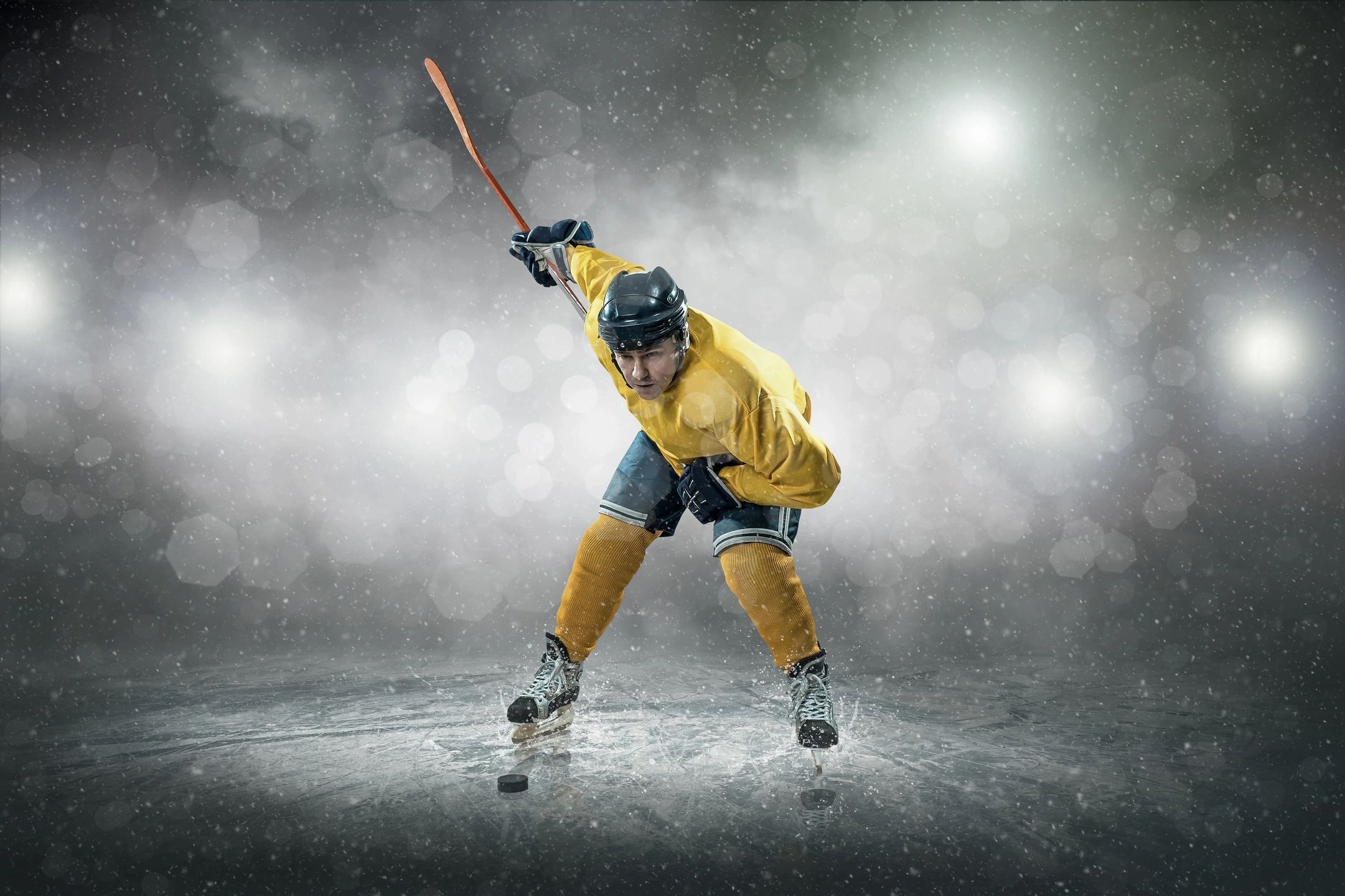Straining your adductor muscles is often called pulling your groin, which is actually the lesser of 2 evils, with the alternative being ‘tearing your groin.’ Even so, pulling your groin is no fun.
IAATG – something that any athlete in a sport that involves cutting motions (quick movements to the side) can sometimes, unfortunately, find out. It’s All About The Groin. Skating sports in particular have a high rate of adductor strains due to the sideways pushing motion of skating. This injury can be notoriously hard to get rid of due to its nagging pain and likelihood of coming back.
Red flags
Before we break down some of the important ideas for solving this, first – red flags. Because this area is close to the pelvis, which as you may know, tends to contain some sensitive material, screening for red flags is very important when symptoms are in this area. When in doubt, always seek a medical consultation. Any changes in bowel or bladder function such as pain with defecation or urination, blood in the stool or urine, or anything else is a red flag. Any symptoms affecting the genitals or ‘straddle’ area such as numbness is a red flag. If you have any of these symptoms, you should immediately consult your primary care provider.
Physical Rehabilitation
Now that that’s cleared up, on to the rehab. Generally, there are 2 things that simultaneously need to be addressed. The local cutaneous (superficial) nerves and the adductor muscles.
The nerves
There are a bunch of superficial nerves in this sensitive area so I won’t bother naming specific ones. Let’s cut to the groin. Usually, manual therapy and massage techniques work very well on this area – the key is to be gentle (as if you needed to be told). My preferred technique is mobilizing the skin. This means finding a tender point and then gently dragging the skin in whatever direction makes the pain significantly decrease. This is usually downward towards the knee, but can be any direction. You’ll hold this skin mobilization for at least 2 minutes and then recheck tenderness. If it’s still very tender, just repeat the process and be patient. Eventually the area will be less tender and generally the person will also be able to stretch their adductors with much less pain now. If there are multiple tender points, just patiently address each one.
Some people also find deep massage gives them relief. In my experience, this relief is usually temporary. That doesn’t make this a bad method, because athletes will often use it to be able to play or workout without pain limiting them. It does mean that afterwards though, at some point, you should take the time to actually work it out. Deep massage can be done on your own using a foam roller or lacrosse ball. You’ll lie face down on the ground with the tool between your leg and the ground. Use contact to the ground by your arms and legs to decrease the pressure. You can just hold pressure or you can roll back and forth. Rolling tends to be more uncomfortable but some people feel they get more out of it. Continue until tenderness feels reduced.
The adductor muscles
There are several adductor muscles in the area and differentiating which one is actually strained is not really necessary. Just massage where it hurts and strengthen the whole group.
Stretching the adductors – no. First of all, if you have an acute strain, the muscle has been traumatically overstretched. Second, flexibility tends to come back naturally as the muscle heals. If you have a recurring problem, then you might lack adductor flexibility. Usually this is cleared up with the manual therapy/massage techniques. If not, the flexibility is improved with the normal strength exercises anyway. I would only recommend stretching if you are not acutely tight AND either you are so tight you physically cannot move properly OR your sport requires you to be very flexible (gymnastics, a sumo-style deadlifter, martial arts, etc.).
So, now the exercise progression. This starts out simple and I’ve seen most clinicians follow a similar style, except for the highest variation which I have almost never seen another clinician do. The highest variation is an accomplishment to achieve and something I consider a return to sport requirement.
For these exercises, you can follow a general routine of doing 2-3 sets of 5-10 reps. Once you can do 3 sets of 10 reps with no pain, you can move on to the higher variation. For the knee squeeze and side plank, hold each rep for 10 seconds. Once you’re doing normal side lunges, you can stop the adductor leg lifts and start on the basic adductor side plank variation.
-
Isometric knee squeeze: just put a pillow or ball between your knees and squeeze together for 10 seconds at a time. The contraction should not be painful so go easy at first and gradually increase the intensity.
-
Mini side lunges: start in a shoulder-width stance and perform small side lunges. Start easy and shallow and gradually go lower and widen your stance.
-
Adductor leg lifts: lie on the side that was injured. Bring the top leg out of the way by moving it forward or backwards, and you can rest it on a pillow for comfort if needed. Lift the bottom leg upward – this will be a relatively small motion.
-
Normal side lunges: take a stance that’s about 2x shoulder-width. Then perform side lunges, keeping the leg that you’re lunging away from, straight. You will feel a stretch in the adductor muscles of the leg that is straight.
-
Slider side lunges: start in front of a counter or something to hold onto just in case. You’re going to do the same side lunges but with the straight leg sliding outward this time. If you’re on a floor with no carpet, you can do this using a towel under your foot. Whether you’re on carpet or not, you can use a furniture slider under your foot. If you don’t have a furniture slider, any solid piece of plastic works like a plastic plate or frisbee. Go slow and shallow with these at first so you don’t end up doing the splits. Once you can do these normally, start putting more and more weight on the sliding foot, both on the way up and down. This makes this exercise much harder.
-
Reverse side plank: lie on your side on the ground with a normal chair that has a cushion on the seat. Scoot closer/under the chair so that you can put your top leg on the cushion. Start with the chair supporting just above the knee. Now you’ll do a side plank by propping up on your forearm but the bottom leg should not touch the ground. You will be doing a plank only with the adductors of the top leg holding you up. As you get stronger and more comfortable with this, begin to move away from the chair so that it supports your leg lower down. Go to below the knee, then at the calf, then at the foot/ankle.

